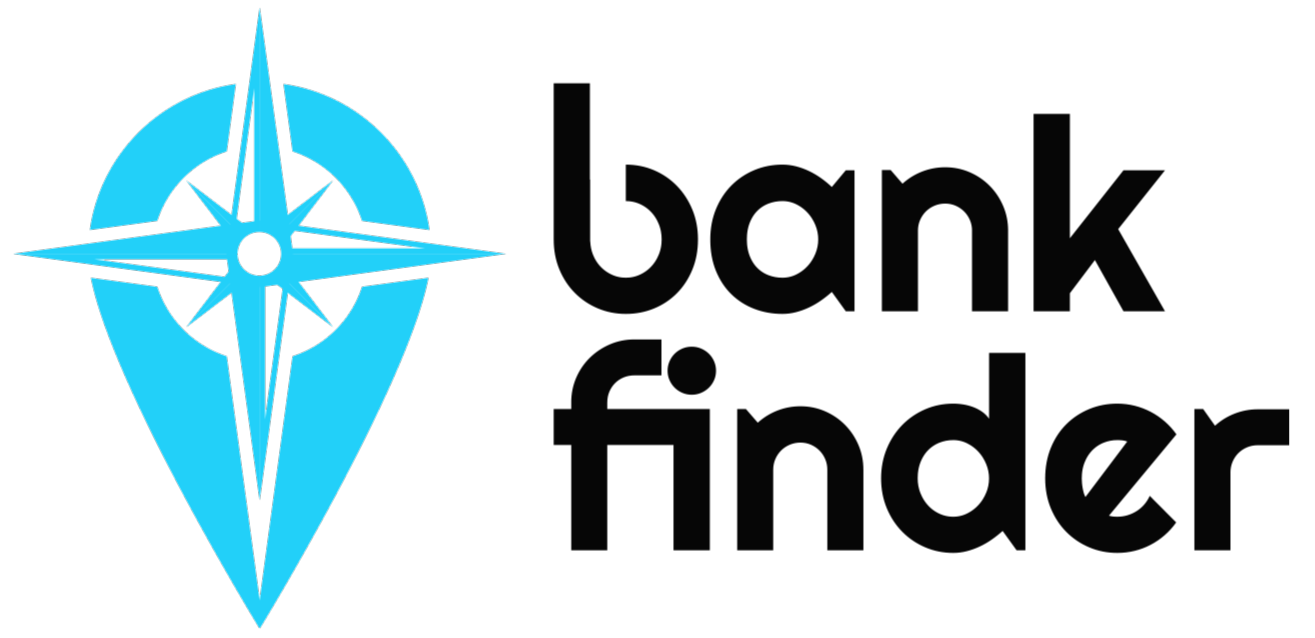Online Banking Security
Protect your financial accounts with comprehensive security best practices
Essential Security Features
Key security features to look for in online banking
Adds an extra layer of security beyond just passwords
Features Include:
- SMS verification
- Authenticator apps
- Biometric verification
- Hardware tokens
Protects your data during transmission and storage
Features Include:
- 256-bit SSL encryption
- End-to-end encryption
- Encrypted data storage
- Secure communication protocols
Real-time monitoring for suspicious activities
Features Include:
- Fraud detection
- Unusual login alerts
- Transaction monitoring
- Geolocation tracking
Confirms your identity before sensitive transactions
Features Include:
- Knowledge-based authentication
- Document verification
- Biometric verification
- Voice recognition
Security Best Practices
Proven strategies to keep your banking information secure
- Use unique, complex passwords for each account
- Enable two-factor authentication whenever possible
- Change passwords regularly (every 3-6 months)
- Use a reputable password manager
- Never share banking passwords with anyone
- Always type your bank's URL directly
- Look for 'https://' and the padlock icon
- Never click links in suspicious emails
- Use a dedicated browser for banking
- Keep your browser updated
- Download apps only from official app stores
- Enable automatic screen lock
- Use biometric authentication when available
- Keep your mobile OS updated
- Avoid banking on public Wi-Fi
- Never bank on public Wi-Fi networks
- Use a VPN when necessary
- Secure your home Wi-Fi network
- Turn off auto-connect to open networks
- Use your mobile data for urgent banking
Common Security Threats
Recognize and protect against these common banking threats
Fraudulent emails or websites that steal your login credentials
Prevention Tips:
- Never click links in suspicious emails
- Always verify sender identity
- Type bank URLs directly
- Check for spelling errors in emails
Malicious software that captures your keystrokes and passwords
Prevention Tips:
- Keep antivirus software updated
- Don't download suspicious files
- Avoid untrusted websites
- Use virtual keyboards for sensitive data
Criminals transfer your phone number to their device
Prevention Tips:
- Use authenticator apps instead of SMS
- Add a PIN to your mobile account
- Monitor your phone service
- Contact carrier about SIM security
Manipulative tactics to trick you into revealing information
Prevention Tips:
- Banks never ask for passwords by phone
- Verify caller identity independently
- Don't provide personal info to unsolicited callers
- When in doubt, hang up and call back
Bank Security Feature Comparison
Compare security features across major banks
| Bank | Multi-Factor Auth | Biometric Login | Real-time Alerts | Encryption | Monitoring | Security Rating |
|---|---|---|---|---|---|---|
| Chase Bank | ✓ | ✓ | ✓ | 256-bit | 24/7 | ★★★★★ |
| Bank of America | ✓ | ✓ | ✓ | 256-bit | 24/7 | ★★★★★ |
| Capital One | ✓ | ✓ | ✓ | 256-bit | 24/7 | ★★★★★ |
| Wells Fargo | ✓ | ✓ | ✓ | 256-bit | 24/7 | ★★★★★ |
What to Do If You're Compromised
Step-by-step incident response guide
- Change all banking passwords
- Contact your bank's fraud department
- Check all account statements
- Enable account alerts
- File a police report
- Report to FTC (IdentityTheft.gov)
- Contact credit bureaus
- Document all communications
- Monitor credit reports regularly
- Set up fraud alerts
- Review statements monthly
- Consider identity theft protection
Frequently Asked Questions
Common questions about banking security answered
Look for 'https://' in the URL, a padlock icon in your browser, and verify the exact spelling of the bank's domain name. Always type the URL directly rather than clicking links in emails.
Mobile banking is generally safe when using official apps from legitimate banks, keeping your device updated, and avoiding public Wi-Fi. Enable biometric authentication and automatic screen locks for added security.
Contact your bank immediately, change your passwords, review all recent transactions, and file a fraud report. Most banks have 24/7 fraud hotlines for immediate assistance.
Check your statements at least monthly, but ideally review your accounts weekly or even daily using mobile banking apps. Set up account alerts to be notified of any transactions immediately.
Reputable password managers are generally safer than reusing passwords or writing them down. They generate strong, unique passwords and encrypt your data. Choose well-established providers with good security track records.
Secure Your Banking Today
Find banks with the strongest security features and protect your financial future
